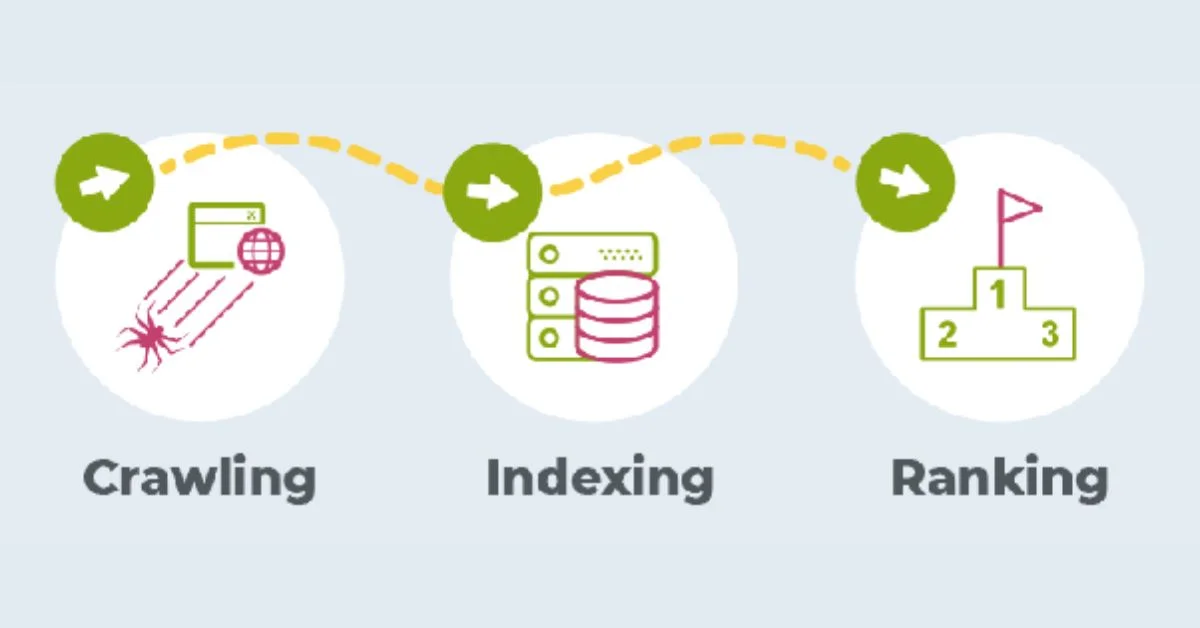Keyword research is the foundation of any successful SEO strategy, guiding your efforts to connect with your target audience through search engines. It involves identifying the terms and phrases people use when searching for information related to your business, products, or services.
Effective keyword research helps you understand the language of your potential customers, enabling you to create content that matches their search intent. This comprehensive guide will walk you through the steps to conduct keyword research for SEO effectively.
Understand Your Niche
Before diving into keyword research, take time to deeply understand your niche. This involves identifying the problems your business solves, understanding who your competitors are, and knowing what sets you apart. Engaging with your existing customers through surveys or social media can provide valuable insights into their needs and the terminology they use.
This foundational knowledge will guide your keyword research process and ensure it’s aligned with your audience’s interests and search behaviors.

Start with Seed Keywords
Seed keywords are broad terms that define your niche or industry. They’re the starting point for your keyword research, helping you explore more specific keywords and phrases. Identify a list of seed keywords that describe your products or services.
Think about how you would search for your own business online. Tools like Google Keyword Planner can help generate ideas and variations based on your seed keywords.
Use Keyword Research Tools
To expand your list and discover long-tail keywords (more specific and usually longer queries), leverage keyword research tools. Tools like SEMrush, Ahrefs, Moz’s Keyword Explorer, and even Google’s Keyword Planner provide valuable data on search volume, competition, and related keywords.
These tools can help you identify keywords with high search volume and low competition, indicating potential opportunities for your SEO strategy.
Analyze Search Intent
Search intent refers to the reason behind a search query. Understanding the intent is crucial for choosing keywords that will attract the right audience. Generally, search intent can be categorized into four types: informational (seeking information), navigational (looking for a specific website), transactional (ready to purchase), and commercial investigation (comparing products or services).
Analyze the SERPs (Search Engine Results Pages) for your targeted keywords to understand the intent behind them and ensure your content aligns with what users are looking for.
Consider Keyword Difficulty and Search Volume
Keyword difficulty is a metric used to estimate how hard it would be to rank for a specific keyword. Meanwhile, search volume indicates the number of searches a keyword receives within a given timeframe. While it’s tempting to target keywords with the highest search volume, they often come with high competition.
Balance is key. Aim for keywords with a reasonable search volume that your website has a realistic chance of ranking for, considering your current SEO strength and the competition.

Evaluate Your Competitors
Identifying what keywords your competitors are ranking for can provide insights into potential opportunities and gaps in your own keyword strategy. Use SEO tools to analyze your competitors’ top-performing keywords and content. This analysis can help you identify keywords you may have overlooked and understand the level of content quality you need to compete effectively.
Focus on Long-Tail Keywords
Long-tail keywords are longer, more specific phrases that are less competitive and often have a clearer search intent. Although they typically have lower search volumes, they usually attract more qualified traffic that’s closer to making a purchase decision. Incorporate long-tail keywords into your content strategy to capture niche segments of your market and improve your chances of ranking higher.
Group Keywords by Topic
Grouping related keywords into topics helps you organize your content strategy and ensure comprehensive coverage of your niche. This approach supports the creation of pillar pages (broad overview pages) linked to more specific, detailed content. It aligns with Google’s preference for topic authority, potentially improving your overall SEO performance.
Incorporate Keywords Naturally
Once you’ve identified your target keywords, incorporate them naturally into your website’s content, titles, meta descriptions, and URLs. Keyword stuffing, or unnaturally overusing keywords, can lead to penalties from search engines. Focus on creating valuable, informative content that naturally integrates your keywords while providing a great user experience.
Continuously Monitor and Adjust
Keyword trends and search behaviors can change over time. Continuously monitor your keyword performance and the SEO landscape for new opportunities and shifts in user interest. Use analytics tools to track your rankings, traffic, and conversions related to your targeted keywords. Be prepared to adjust your strategy based on performance data and emerging trends.
Conclusion
Keyword research is a critical and ongoing process in SEO that requires a strategic approach and constant refinement. By understanding your audience, leveraging the right tools, and focusing on search intent and relevance, you can identify the keywords most likely to drive targeted traffic to your site.
Remember, the goal is not just to attract any traffic, but to attract the right traffic that will engage with your content and convert. With patience, diligence, and continuous optimization, effective keyword research can significantly enhance your SEO efforts and help achieve your business objectives.
